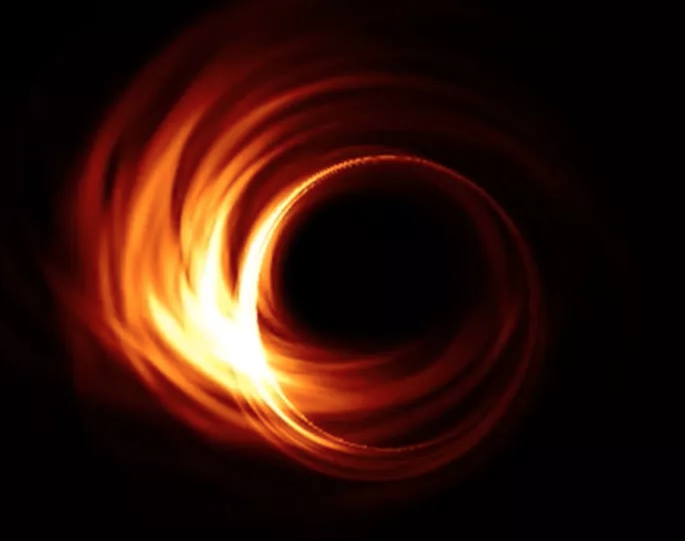 Image credit: c/net
Image credit: c/net
The United States National Science Foundation (NSF) recently announced the award of a $12.7M grant to architect and design a next-generation Event Horizon Telescope (ngEHT). The principal investigator of this program is the EHT Founding Director, Sheperd Doeleman at the Center for Astrophysics | Harvard & Smithsonian. The ngEHT will sharpen our focus on black holes, and let researchers move from still-imagery to real-time videos of space-time at the event horizon.
The new award is aimed at solving the formidable technical and algorithmic challenges required to significantly expand the capability of the EHT. The first M87 black hole images were made using the technique of Very Long Baseline Interferometry (VLBI), in which an array of radio dishes around the world is combined to form an Earth-sized virtual telescope. By exploring new dish designs and locations, the ngEHT effort will plan the architecture for a new array with roughly double the number of sites worldwide.
Learn more about supermassive black holes:
YouTube video from How the Universe Works
The Event Horizon Telescope (EHT) which made the first direct image of a black hole, an image seen by billions of people around the world, is being upgraded after securing a $12.7M grant from the National Science Foundation. Coming soon: A greatly enhanced EHT (EHT-II), one with 7-8 additional telescopes placed around the world in locations designed to maximize imaging speed, dynamic range, and fidelity.
The much faster snapshot mode of this combination will allow rapid tracking of changes near the black hole event horizon, allowing for the first time ever the creation of movies directly showing the dynamics of extreme gravity environments. The greater imaging power will also address long-standing fundamental questions such as how matter is blasted away from a black hole in the form of relativistic jets. Broader impacts include a National Air and Space Museum exhibit, and training of students in instrumentation development.
Instead of relying on existing large facilities to form the Very Long Baseline Interferometry (VLBI) array, as the existing EHT has done, this design program will consider engineering and placement of small-diameter dishes that optimally fill out an Earth sized virtual telescope, tailored precisely for science objectives. By roughly doubling the number of dishes in the array through cost-effective use of small dishes, the EHT-II will be capable of making the first real-time movies of supermassive black holes. The Large Millimeter Telescope in Mexico, in collaboration with the University of Massachusetts Amherst, will serve as a testbed for advanced dual frequency receivers that will be developed as part of this design initiative.
This project is supported by the Foundation-wide Mid-scale Research Infrastructure program. The project will be managed by the Division of Astronomical Sciences within the Directorate for Mathematics and Physical Sciences.
This award reflects NSF's statutory mission and has been deemed worthy of support through evaluation using the Foundation's intellectual merit and broader impacts review criteria.
References:
https://www.cfa.harvard.edu/news/2019-22
https://www.nsf.gov/awardsearch/showAward?AWD_ID=1935980
https://eventhorizontelescope.org/blog/next-generation-event-horizon-telescope-design-program
https://www.youtube.com/watch?v=R3X875rv86M (above video)
